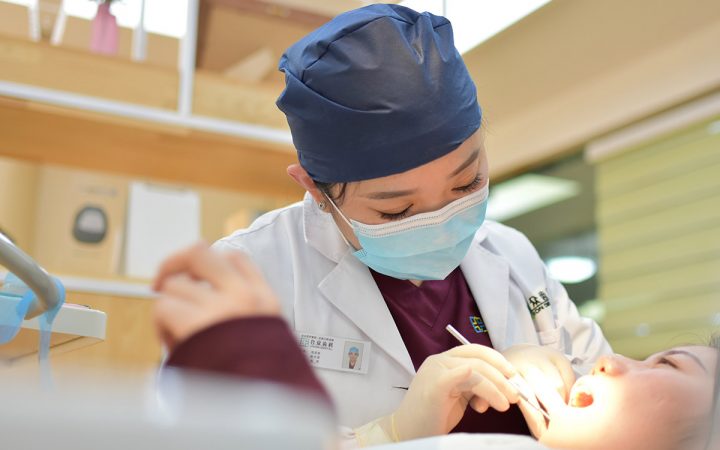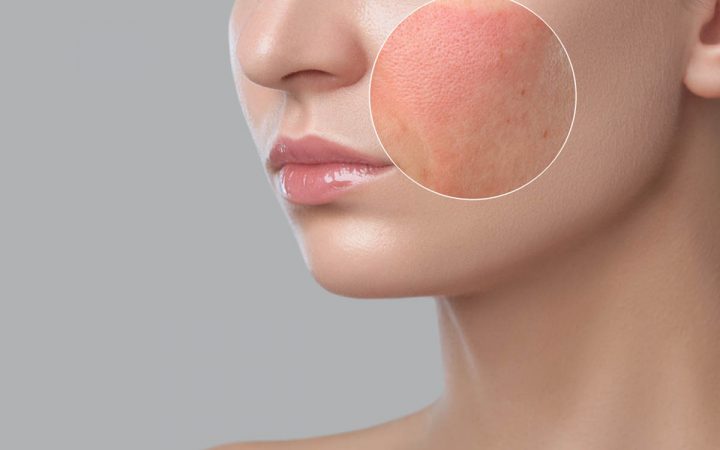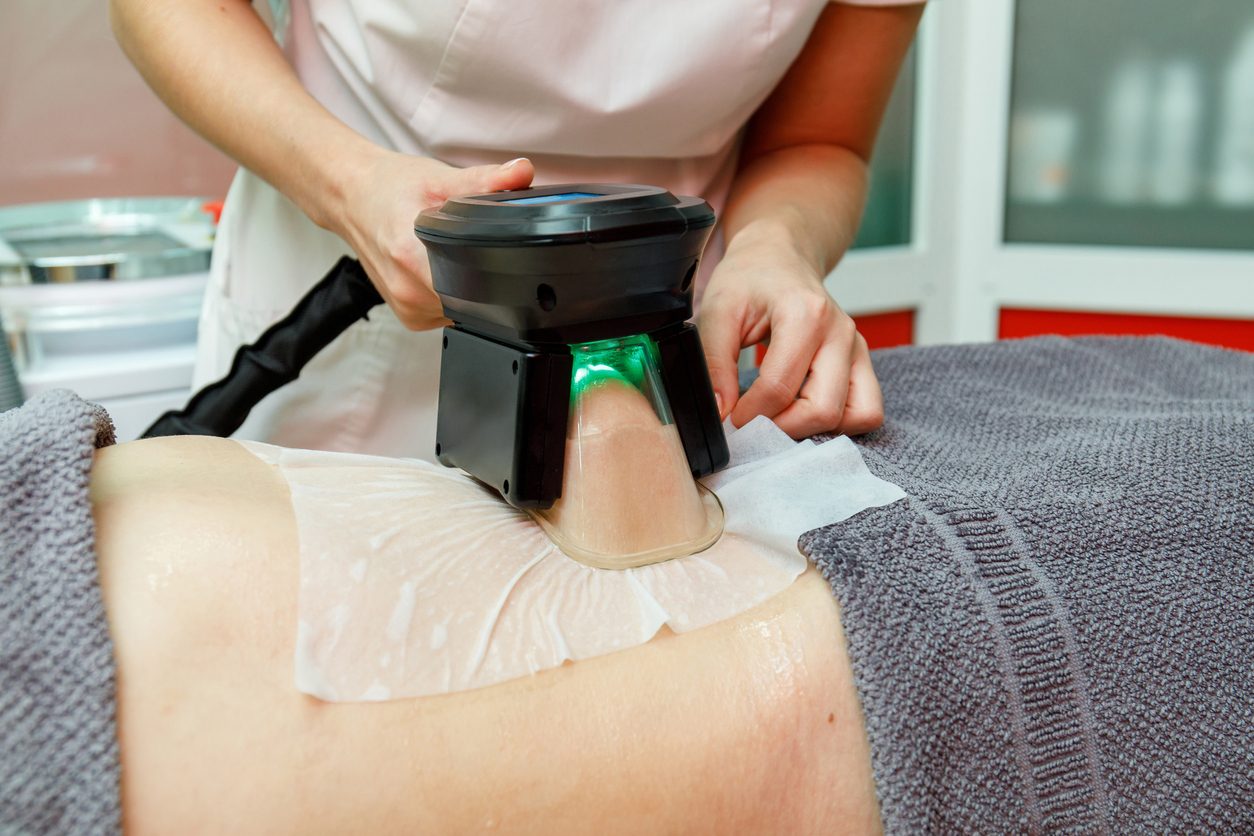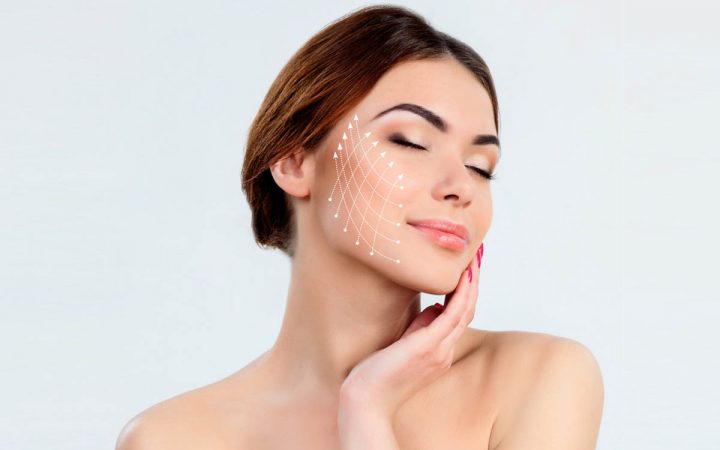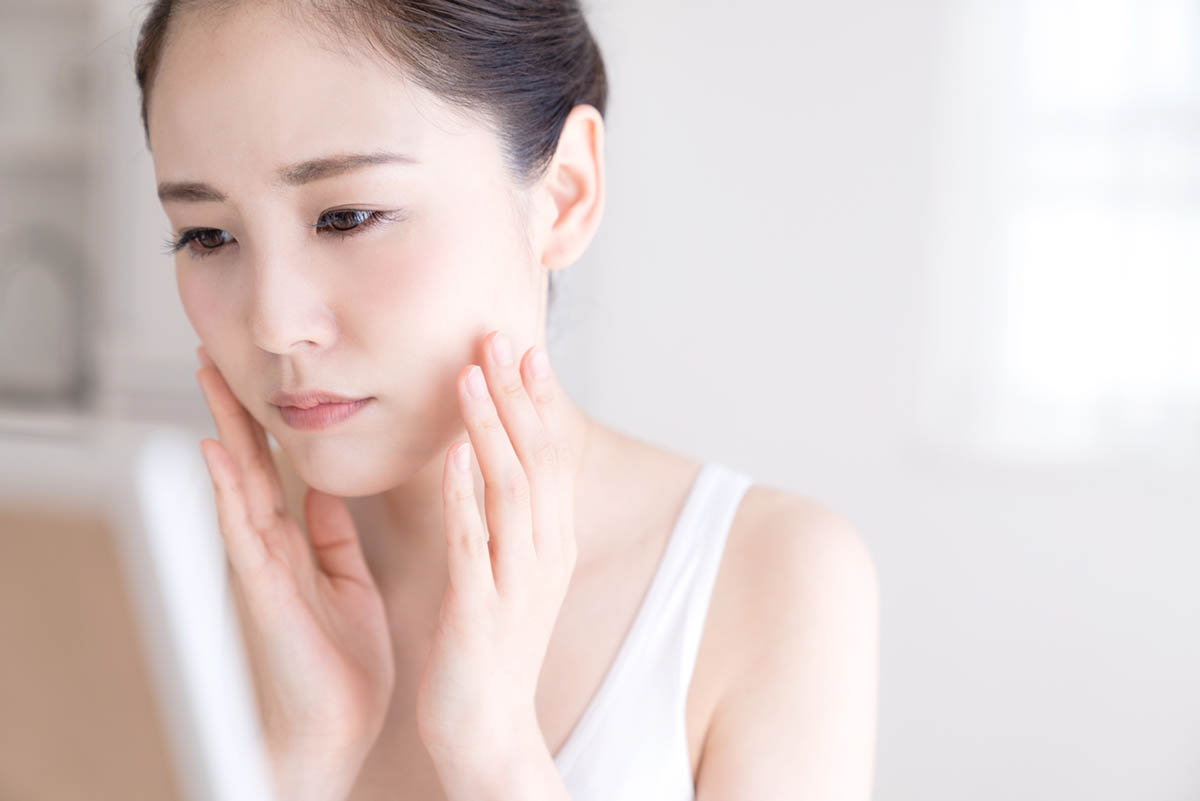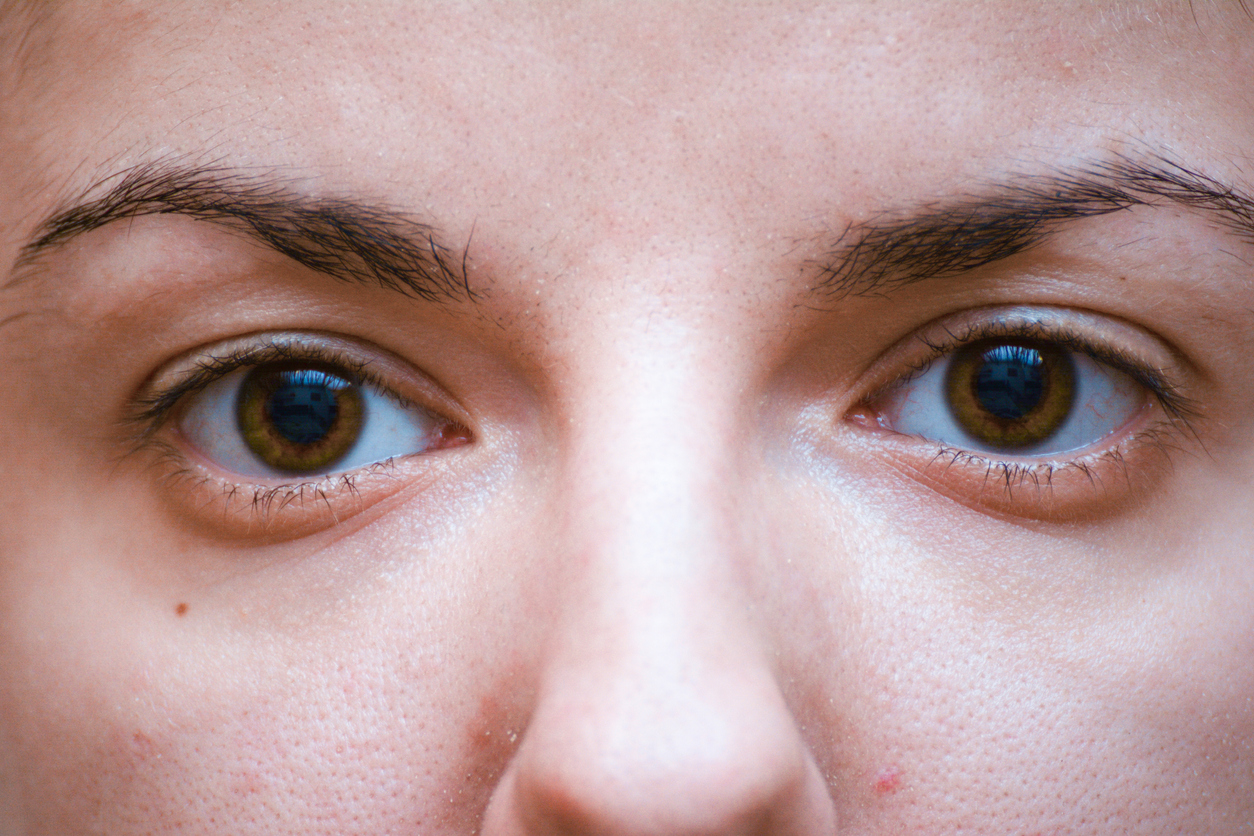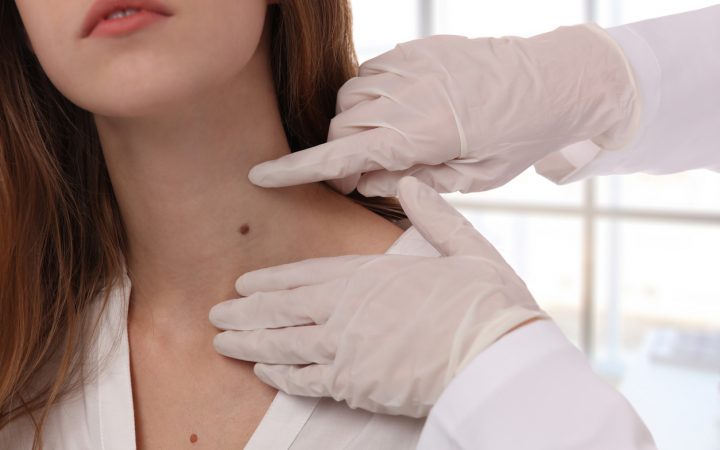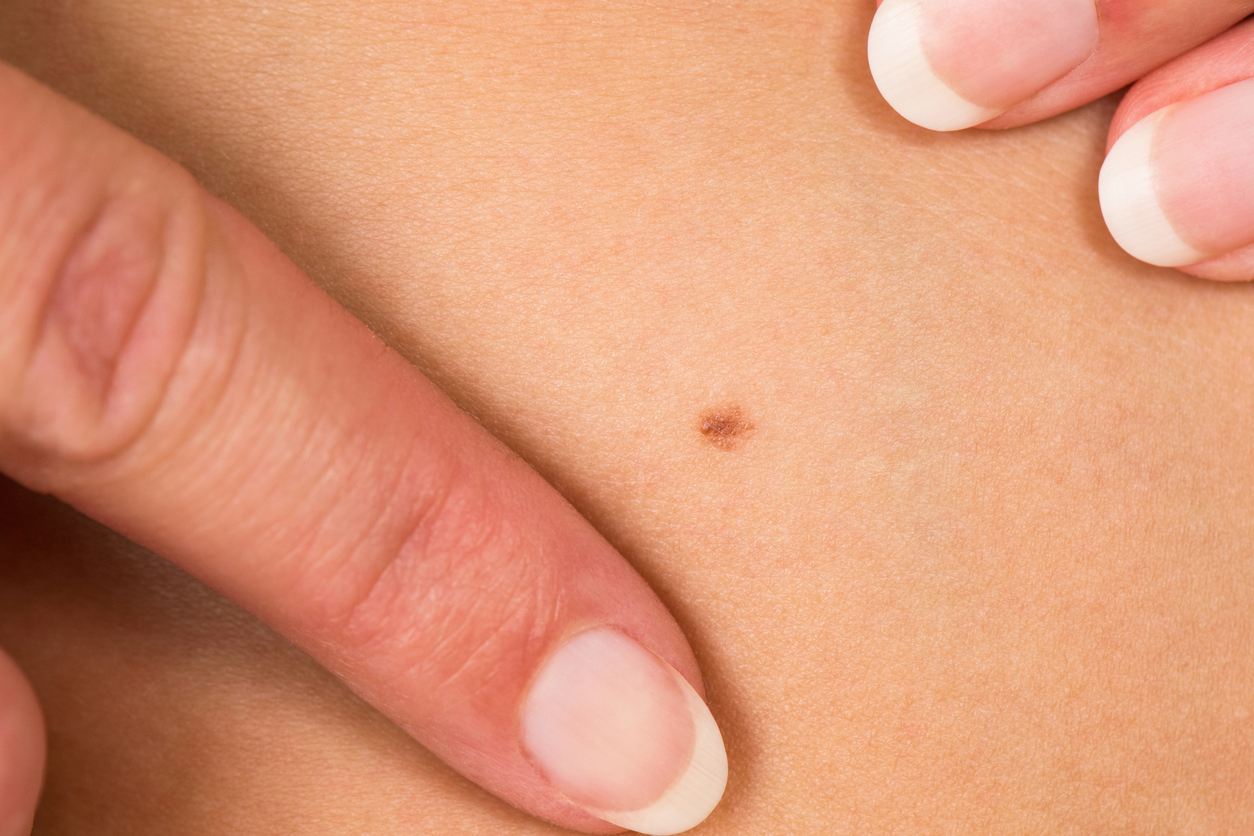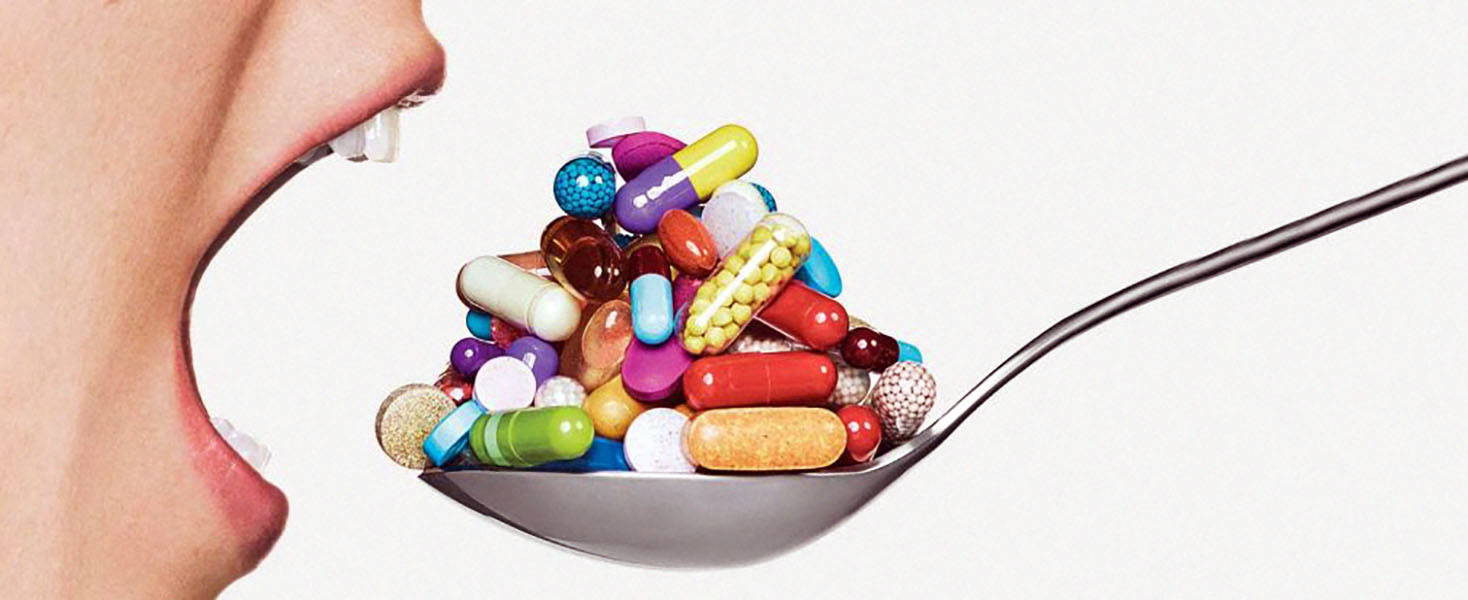There are a number of different reasons why you would need dental emergency treatment in Singapore.
It can be classified roughly in two groups:
- The first is noticeable damage to the teeth.
- The second is discomfort that suggests an underlying condition such as an abscess or deterioration of the tooth.
Emergency Dental Treatment Preparedness
Encountering dental emergency in Singapore is difficult enough without the need to prolong the agony when you’re trying to locate a dentist. Before the need arises, be prepared by fact-finding nearby Singapore dental clinics and a 24-hour dentist as well. You have to be prepared before you’re in such a position, which is why dental portals such as Dentaleh.com are essential – finding all the clinics in your area in one place, seeing their reviews, services and everything else will give you the opportunity to quickly find the right regular dentist, as well as an emergency one you can contact. It is important to have a list of a few clinics and dentists, not just one, in case they are unavailable when you need them. Having a list like that and studying nearby dental clinics is even more important when you move to a new area.
While none of us wants to be in a situation where emergency dental treatment is required, we should also be aware and prepared so that things go as smoothly as possible if there is an emergency.
Emergency 24 Hour Dentist Appointment Cost
The cost of emergency dental care in Singapore may not be the first thing on your mind when such an accident happens, but it’s always something you should be aware of. Emergency dental coverage is, of course, substantially higher. Others may pay a fixed-rate cost for after-hour services, while others may charge for the care they need.
The dentist may be able to prescribe pain control at a reduced cost before you are able to see your dentist in normal hours. However, if you require more intricate care – for example, a re-implanted tooth, to drain an abscess in your tooth or an emergency root canal–you can expect the cost to be much higher than the flat-rate.
When to seek assistance from an emergency/24hour dentist
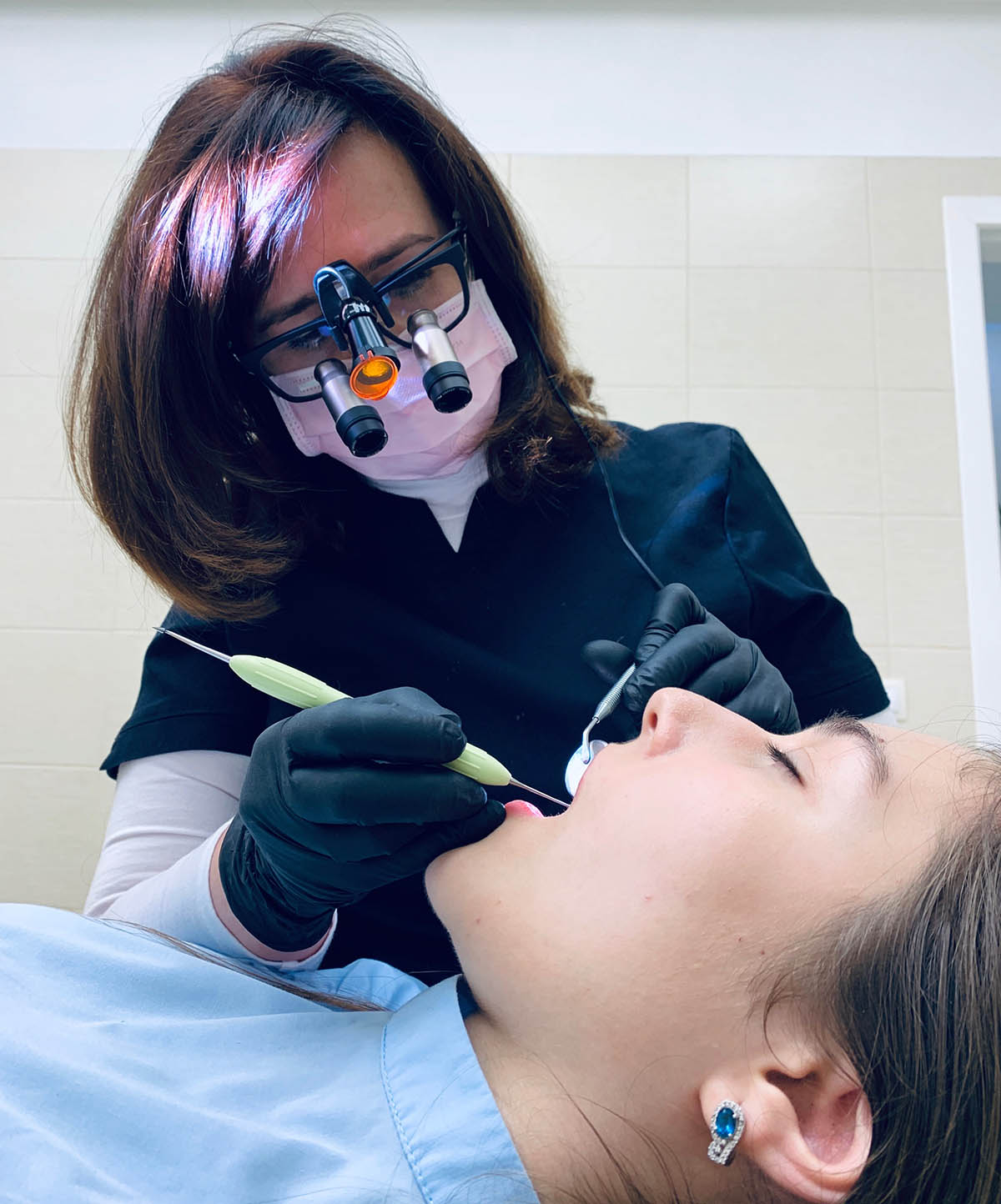
You may need to seek emergency dental treatment for any of the following:
- A break or a tooth fracture.
- Extreme pain, inflammation, or bleeding that occurs shortly after some other dental procedure, such as filling, root canal, tooth extraction, or tooth implant.
- An incident that has harmed your teeth or your mouth.
- A force that causes extreme toothache even when no obvious damage was caused.
- Missing of a tooth (termed an avulsed tooth).
- A missing tooth or pulled out of place (further known as an extruded tooth).
- Wounds to the lips, tongue, or cheeks, even if the teeth are spared.
- A grave wound or abscess.
- Loss of crowns or fillings.
Steps to Take to Find a Singapore Emergency Dentist Near You
- Step 1: The first step you can take if you need a 24-hour dentist is to contact your nearest dentist’s office, whatever the time of day or night. They should at least have an auto-response asking you how to get in contact with a dentist after working hours.
- Step 2: When you have a dental emergency on normal working hours, it is just a case of finding a nearby dentist that can accommodate you easily. Some dentists add time to their workload to allow them to see clients on short notice if emergency dental care is required. Things get more intricate, though, if you need urgent dental treatment at night or on days off for dentists. Having a dentist near you that is open on weekends can be harder than it sounds.
Immediate Measures
If it is worse or discomforting, you will either need to:
- Visit a dentist promptly (in all likelihood at a clinic or any other medical institution).
- Make auxiliary degree emergency appointment to ascertain a medical practitioner on a steady day or the day after.
- Book a routine appointment to have the matter treated.
REMEMBER:
Whether you have a tooth chipped or have a minor toothache, you will not be regarded as an emergency patient. A persistent toothache is a symptom of a dental cavity, so is a missing filling, so you should make a fast appointment right away to be checked by your dentist immediately.
Check out on the following conditions:
- When you are uncertain if your dental condition needs urgent treatment, contact your dentist first and they will be able to advise you on the best course of action.
- When you are not in serious pain, your teeth are really not detached, and your mouth doesn’t bleed, you generally don’t need emergency dental treatment. In these less serious cases, you should schedule an appointment with a dentist.
- If a tooth has been extracted, it is essential that you get to the dentist as soon as possible. The earlier you can seek help, the higher the likelihood that your dentist will be able to effectively re-implant your tooth. Begin to gently put your tooth back in its socket, but if that is not possible, hold it in a glass of milk until you get medical treatment.
Do This When You Are in a State of a Dental Emergency
Many dental conditions are severe enough to require a visit to the hospital. If you encounter any of the following, you can head straight to your nearest emergency institution where you can see a dentist at the hospital:
- Terrible pain that is not relieved by pain meds.
- Serious bleeding that will not cease.
- An injury to the face, mouth, or teeth due to an accident.
